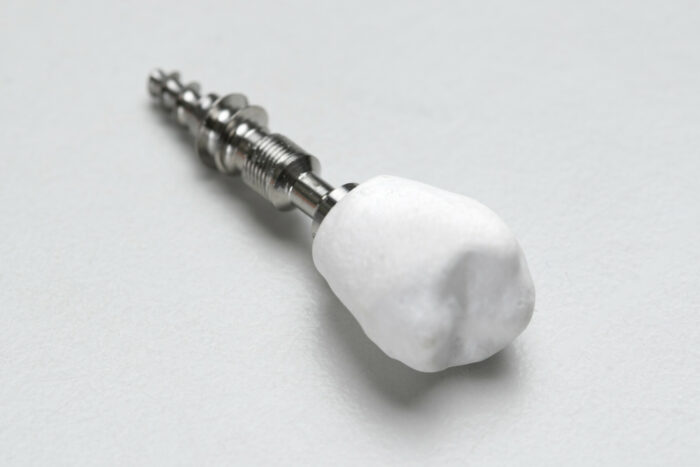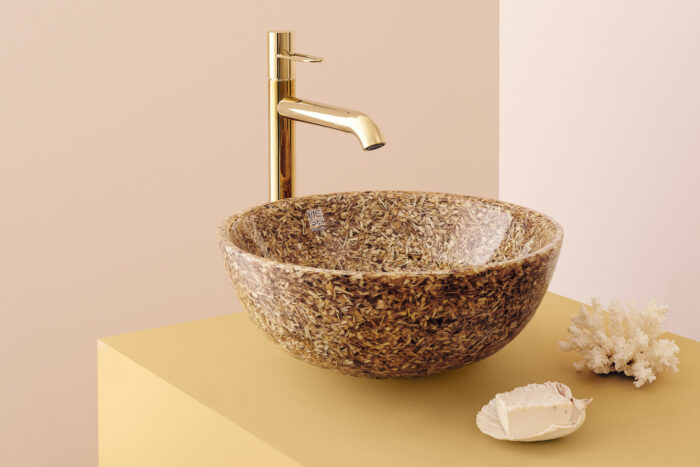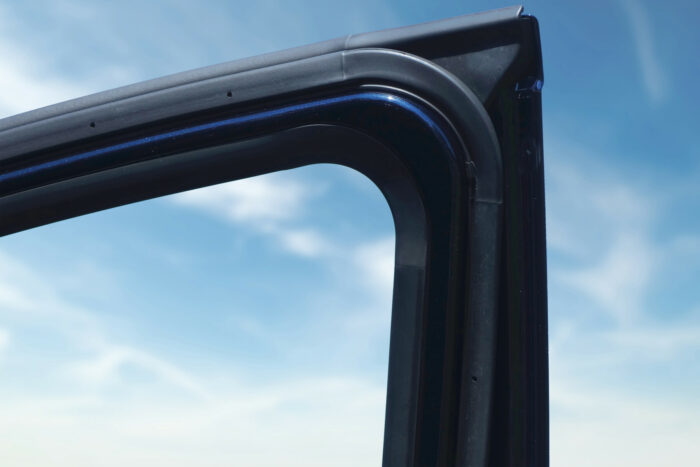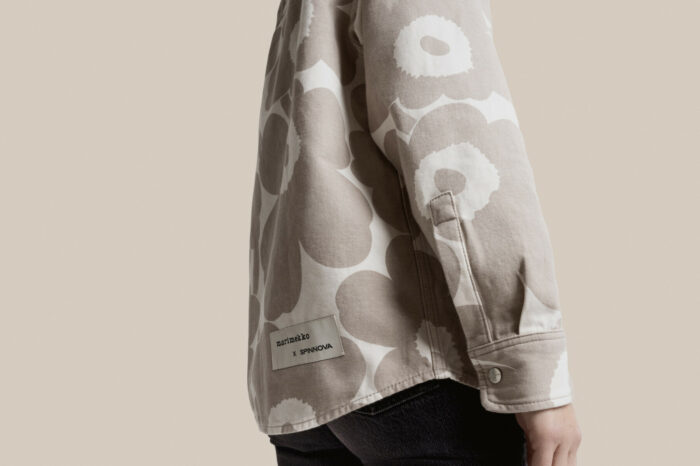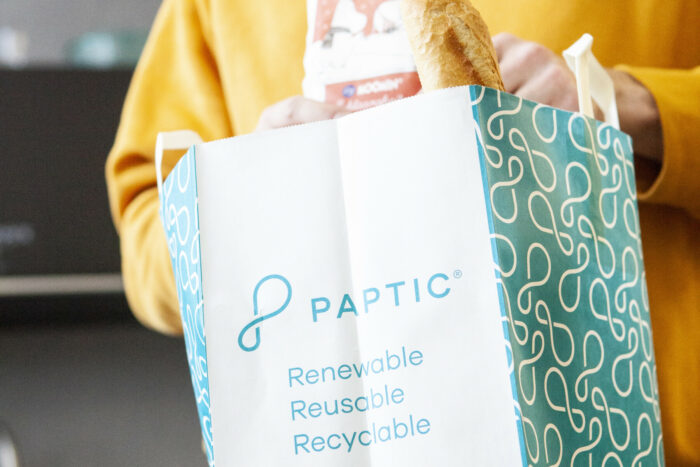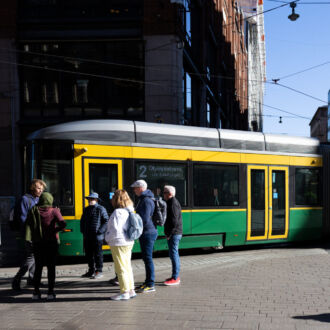Batteries from trees
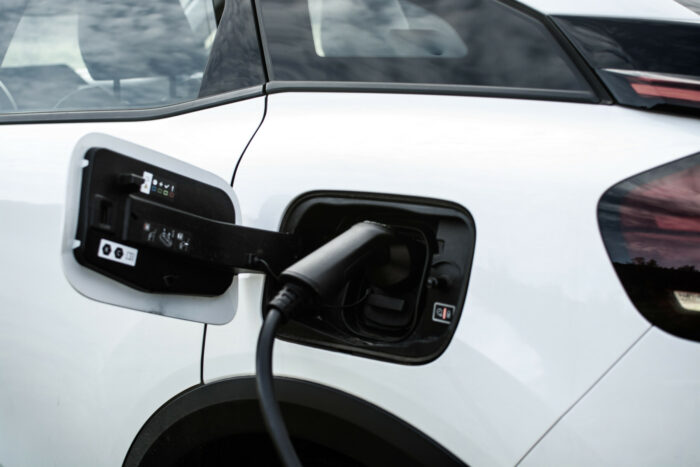 What? Stora Enso’s Lignode is a battery material made from trees.
What? Stora Enso’s Lignode is a battery material made from trees.
Why? The rise of electric transportation and devices spells an increased demand for batteries. Almost a third of a lithium-ion battery consists of graphite, a material with a high environmental impact. Lignode could replace synthetic graphite in vehicle and consumer electronics batteries, making battery production more sustainable. Lignode is based on lignin, a common by-product in the production of cellulose fibre with numerous applications, from bioplastics to food and even asphalt.
Where and when? Pilot production of Lignode started in 2021 and development work continues with customers.
Dental implants from cellulose
What? VTT has produced dental implant crowns from nanocellulose.
Why? Before modern dentistry and material science, many people wore dentures made of wood. Now, the researchers at VTT (Technical Research Centre of Finland), have developed a nanocellulose-based material that could be used in dental implant crowns. The material’s structure is inspired by the exceptionally strong legs of a mantis shrimp, and is significantly lighter and harder than the ceramics used in traditional dental crowns. Other potential applications for the material include sporting equipment, bulletproof vests and aircraft hulls.
Where and when? Research and development is ongoing.
Wood composite for washbasins
What? Woodio is the world’s first 100-percent waterproof solid wood composite material.
Why? Most of the world’s millions of sinks, toilets and other bathroom furnishings are made with ceramic, a material with a big carbon footprint and a tendency to fracture. Waterproof wood composite offers a durable, lightweight and visually attractive alternative. Woodio’s sinks, bathtubs, toilet seats and interior panels are made from aspen and birch chips sourced from the side streams of the Finnish forest industry. While in use the wood chips store carbon, and at the end of their life cycle they can be used for energy production.
Where and when? Available online and from retailers across the world.
From sawdust to fish feed
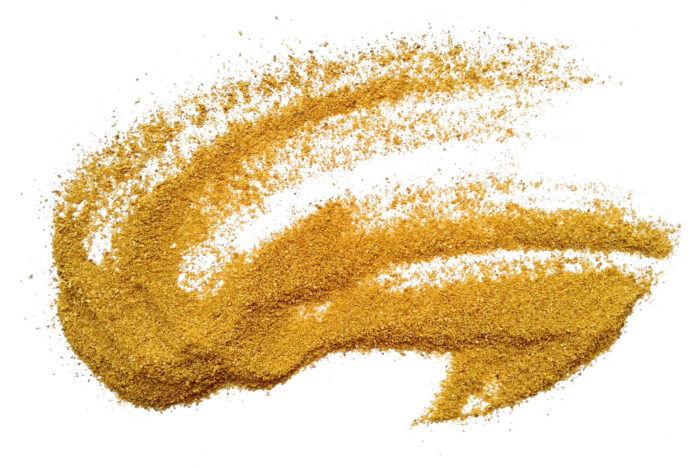 What? MonoCell is a single-cell protein made from sawdust.
What? MonoCell is a single-cell protein made from sawdust.
Why? Sawdust is an ample byproduct in the woodworking industry. While a big portion goes to pulp and energy production, new applications are needed to maximise its use. Scientists at the Natural Resources Institute of Finland (known by its Finnish abbreviation, Luke) have used sawdust to produce a high-quality single-cell protein. One of the many possible uses for MonoCell is fish feed, in which it could replace fish or plant protein, saving valuable fish stock and land areas.
Where and when? Evaluation and development continue as part of Luke’s CellFood project.
Lighter car parts
What? UPM’s Renewable Functional Fillers can make plastic parts lighter.
Why? Many rubber and plastic products include functional fillers, small particles that augment the product’s properties. UPM’s BioMotion Renewable Functional Fillers, made from hardwood, could replace oil-based functional fillers in all kinds of plastic and rubber car parts, such as panels, door seals, tyres and hoses. They are not only a more sustainable option – they’re also lighter than traditional filler materials.
Where and when? Production of Renewable Functional Fillers begins in late 2024 at UPM’s biorefinery in Leuna, Germany.
Biodegradable fashion
What? Spinnova is a textile fibre made without chemicals from the same cellulose as paper.
Why? The fashion industry produces around 10 percent of global carbon emissions and uses large quantities of water and chemicals. Spinnova’s technology turns cellulose into a versatile textile fibre that uses 99 percent less water than cotton. The textile can be recycled without loss of quality or the addition of virgin fibres, and is entirely biodegradable. Brands like Marimekko, Adidas and The North Face have released their Spinnova collections.
Where and when? The first commercial-scale factory opened in Finland in 2023.
Alternative to plastic
What? Paptic aims to replace plastics and other single-use materials in packaging.
Why? Packaging is often needed, but can burden the environment. Paptic, a wood-based, moisture-resistant material, can be used for bags, packaging and more. It has a distinctive, textile-like feel and can be recycled with packaging paper and cardboard. Scalability is why the technology really stands out: Paptic can be produced using regular paper machines with only minor modifications.
Where and when? Paptic materials are in use in more than 50 countries.
By Lotta Heikkeri, ThisisFINLAND Magazine, May 2025
